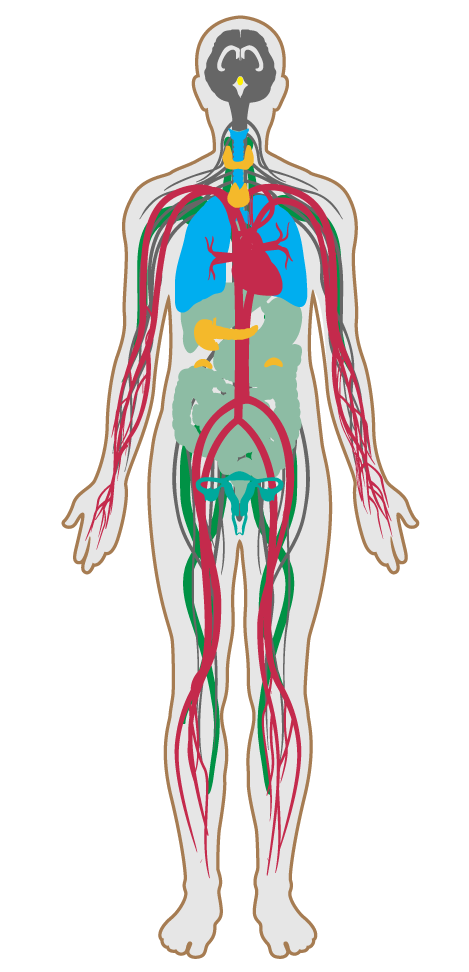Material transparency
- 84 Health and wellness awareness
- 85 Integrative design
- 86 Post-occupancy surveys
- 87 Beauty and design I
- 88 Biophilia I - qualitative
- 89 Adaptable spaces
- 90 Healthy sleep policy
- 91 Business travel
- 92 Building health policy
- 93 Workplace family support
- 94 Self-monitoring
- 95 Stress and addiction treatment
- 96 Altruism
- 97 Material transparency
- 98 Organizational transparency
- 99 Beauty and design II
- 100 Biophilia II - quantitative
- P5 Health through housing equity
- P6 Education space provisions
97. Material transparency
To promote material transparency along the supply chain.
Just as consumers have a right to know the contents of the food they consume (whether to avoid allergic reactions or to make healthier nutrition choices), they should also have a right to know what is in the products and materials that make up the buildings they occupy. Due to the complex and multi-tiered nature of the global material production supply chain, little is known about the tens of thousands of chemicals in circulation today. This lack of data obscures necessary information required to identify potential hazards to the environment and human health. Demand for material ingredient disclosure at the consumer level pushes supply chain transparency and—even more importantly—supports innovation and green chemistry.
At least 50% (as measured by cost) of interior finishes and finish materials, furnishings (including workstations) and built-in furniture have some combination of the following material descriptions (in order to contribute, the product must indicate that all ingredients have been evaluated and disclosed down to 1,000 ppm):
The following condition is met:

Applicability Matrix
| Core & Shell | New & Existing Buildings | New & Existing Interiors | |
|---|---|---|---|
| Part 1: Material Information | O | O | O |
| Part 2: Accessible Information | O | O | O |
| Commercial Kitchen | Education | Multifamily Residential | Restaurant | Retail | |
|---|---|---|---|---|---|
| Part 1: Material Information | O | O | O | O | O |
| Part 2: Accessible Information | O | O | O | O | O |
Verification Methods Matrix
| Letters of Assurance | Annotated Documents | On-Site Checks | |
|---|---|---|---|
| Part 1: Material Information | Architect, Contractor, Owner | ||
| Part 2: Accessible Information | Visual Inspection |
| 97.1.c |
USGBC’s LEED v4 MR credit: Building Product Disclosure and Optimization - Material Ingredients Option 1 has projects use at least 20 permanently installed products from at least 5 different manufacturers that use any of 4 programs described in the credit. |
| 97.1.a |
Declare promotes materials transparency by providing a platform for manufacturers to disclose product ingredients and other relevant information. |
| 97.1.b |
The Health Product Declaration's Standard Version 1.0 provides guidance for declaring "product content and direct health hazards associated with exposure to its individual contents." |
